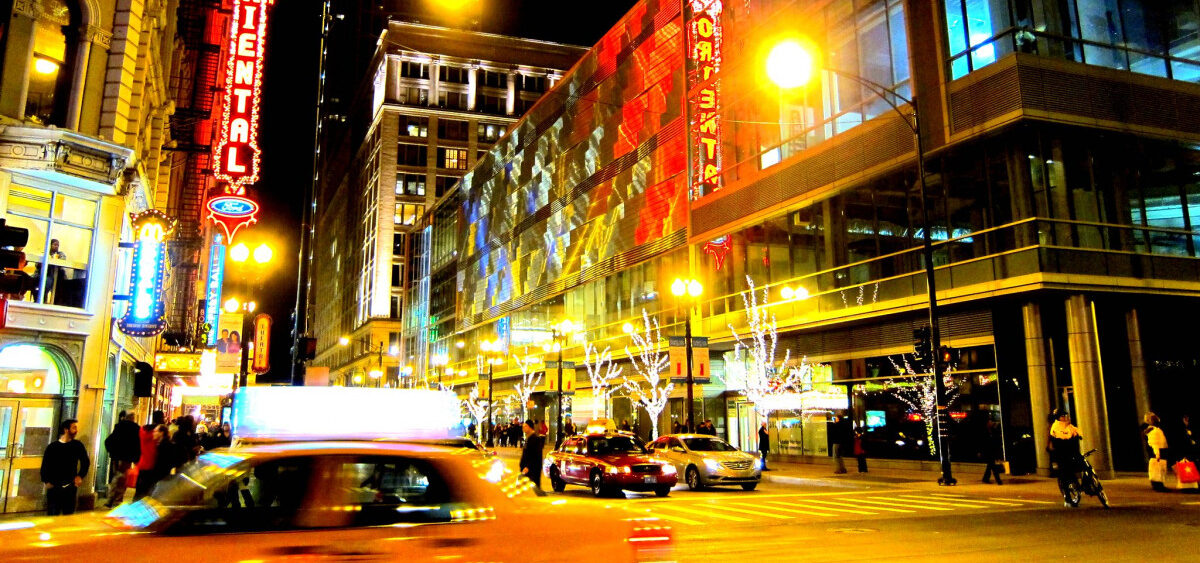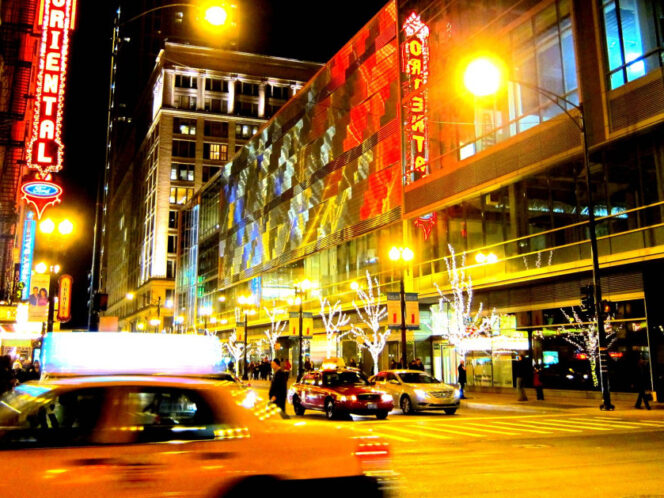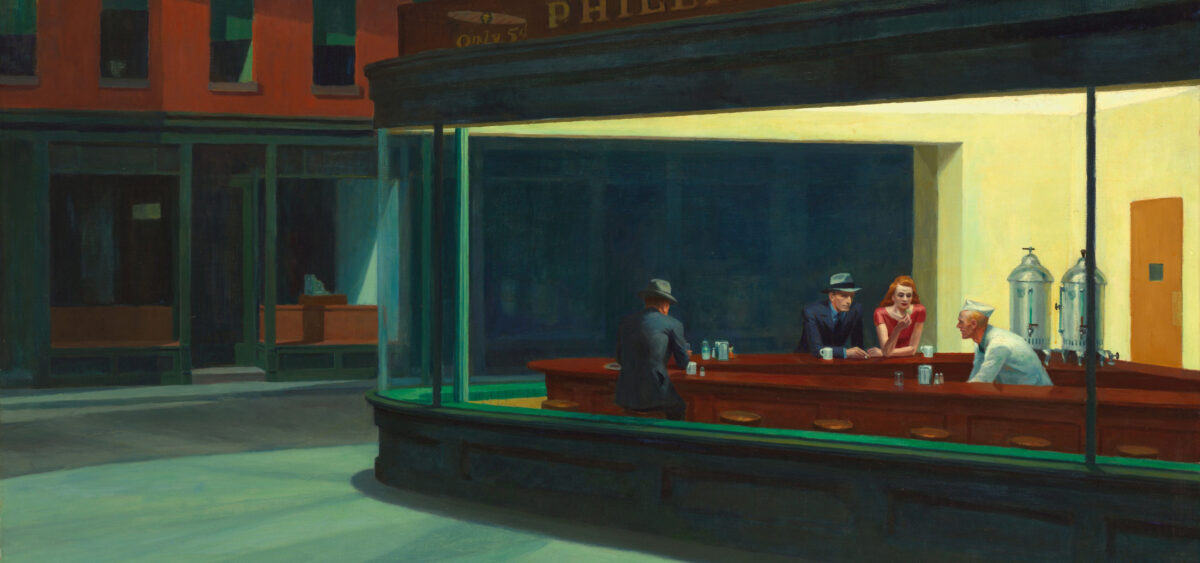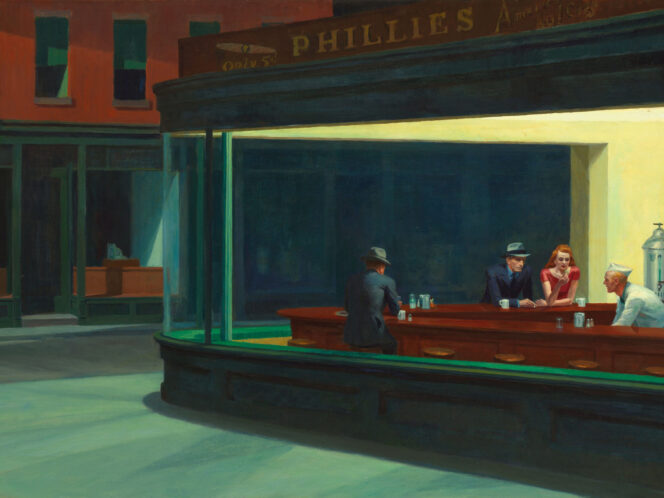
My friend and I are having a vegetable bowl and guacamole in one of the notoriously busy gastronomic establishments in Warsaw’s Żoliborz district. We are leisurely discussing the idea of fleeing the city.
For many reasons, the situation is paradoxical. After all, we are eating a trendy brunch at a place whose menu is the outcome of international and intercontinental connections between cities – the result of an osmosis of knowledge and lifestyles. We are enjoying our meal, but together with our marinated beetroots and sesame salsa, we are also chewing on some new thoughts. That we can do it simpler, more locally. That the city may not be our future and that, even though it gives us so much, it also takes a lot away – especially in the currency of time, which we are always lacking. Even though cities, convinced of their omnipotence, continue to grow, there are things they can never offer.
***
The city is the antithesis of nature. It is an artefact that attempts to offer us a hyperexistence: life condensed, a life








